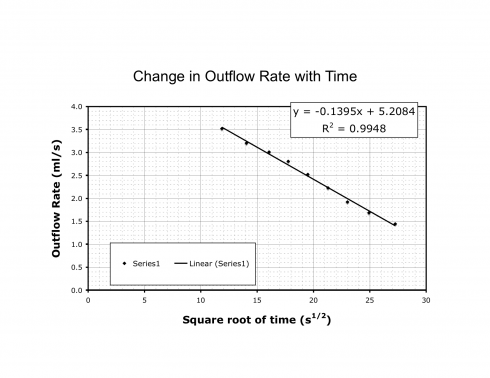Three positives for every one negative is the minimum ratio required for people to flourish, according to the work of Marcial Losada (and others).
To flourish means to live within an optimal range of human functioning, one that connotes goodness, generativity, growth, and resilience.
— Fredrickson and Losada: Positive Affect and the Complex Dynamics of Human Flourishing (ᔥ PubMed), in American Psychologist (2005).
Why do we need more positives than negatives? Because we’re impacted more by negatives than positives, so we need more positives to offset. Note that people tend toward happiness on average.
Why are positive feelings good? Positivity increases:
- the scope of your attention. Making it possible to see the bigger picture (see Hirsh and Anderson, 2007 (pdf));
- intuition;
- creativity;
- physical healing;
- the immune system (at least in conjunction with mindfulness meditation: see Davidson et al, 2003);
- resilience to adversity;
- happiness;
- psychological growth;
- cortisol (positivity reduces cortisol levels — cortisol is a stress hormone; see Steptoe et al., 2004);
- resistance to physical pain;
- how long you’ll live.
- how much you learn.
In terms of education:
… initially positive attitudes—like interest and curiosity—produce more accurate subsequent knowledge than do initially negative attitudes—like boredom and cynicism. Positivity, by prompting approach and exploration, creates experiential learning opportunities that confirm or correct initial expectations. By contrast, because negativity promotes avoidance, opportunities to correct false impressions are passed by …. positive affect—by broadening exploratory behavior in the moment—over time builds more accurate cognitive maps of what is good and bad in the environment. This greater knowledge becomes a lasting personal resource.
— — Fredrickson and Losada: Positive Affect and the Complex Dynamics of Human Flourishing (ᔥ PubMed), in American Psychologist (2005).
So, once again, research shows how important it is to have a positive (happy) learning environment, and to be able to “spark the imagination” at the beginning of a lesson.
Cumulatively, there is the Losada Zone, a range from 3:1 to 11:1 of positive to negative feelings that are indicative of complex (good) interaction in groups, which separates people who flourish from those who languish.


